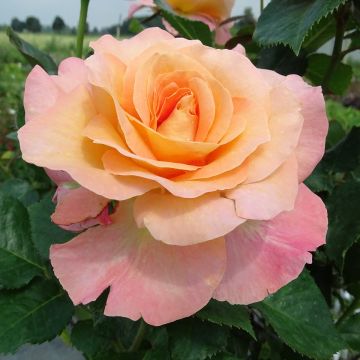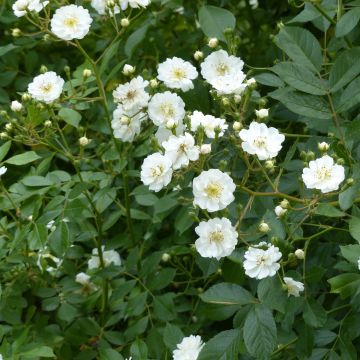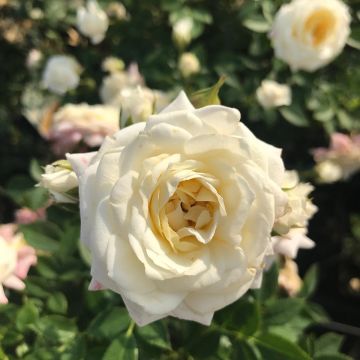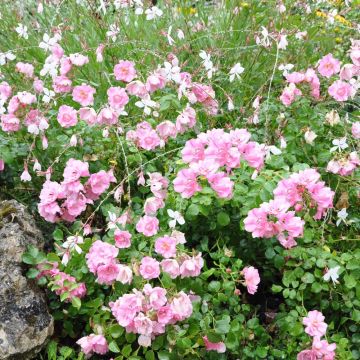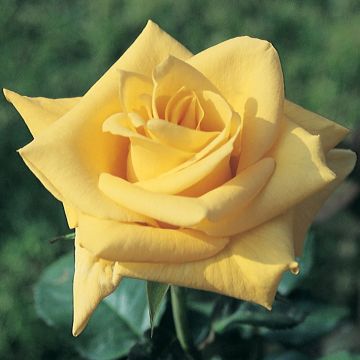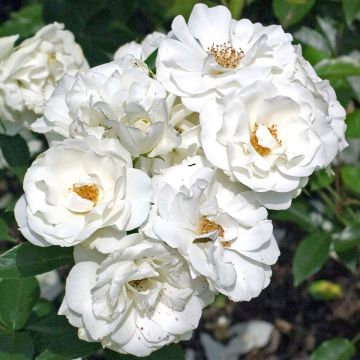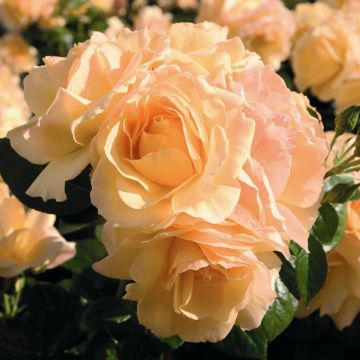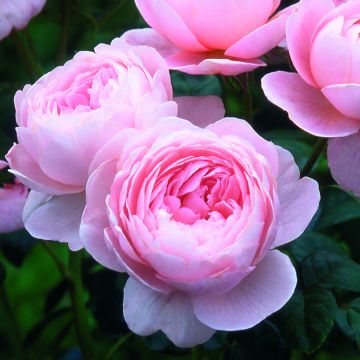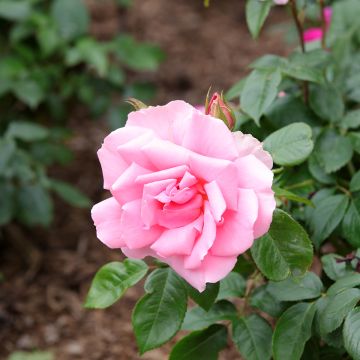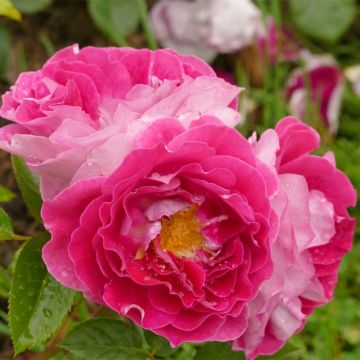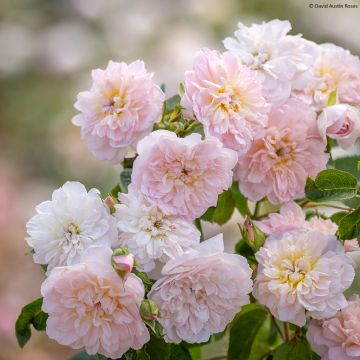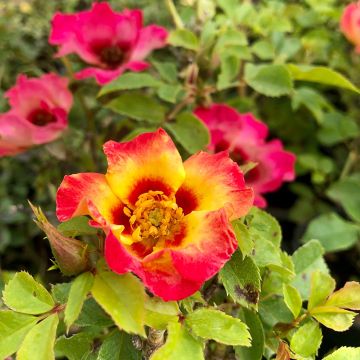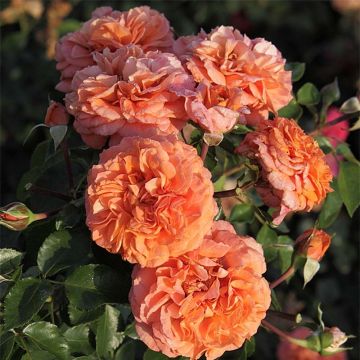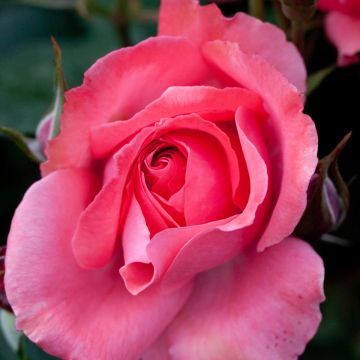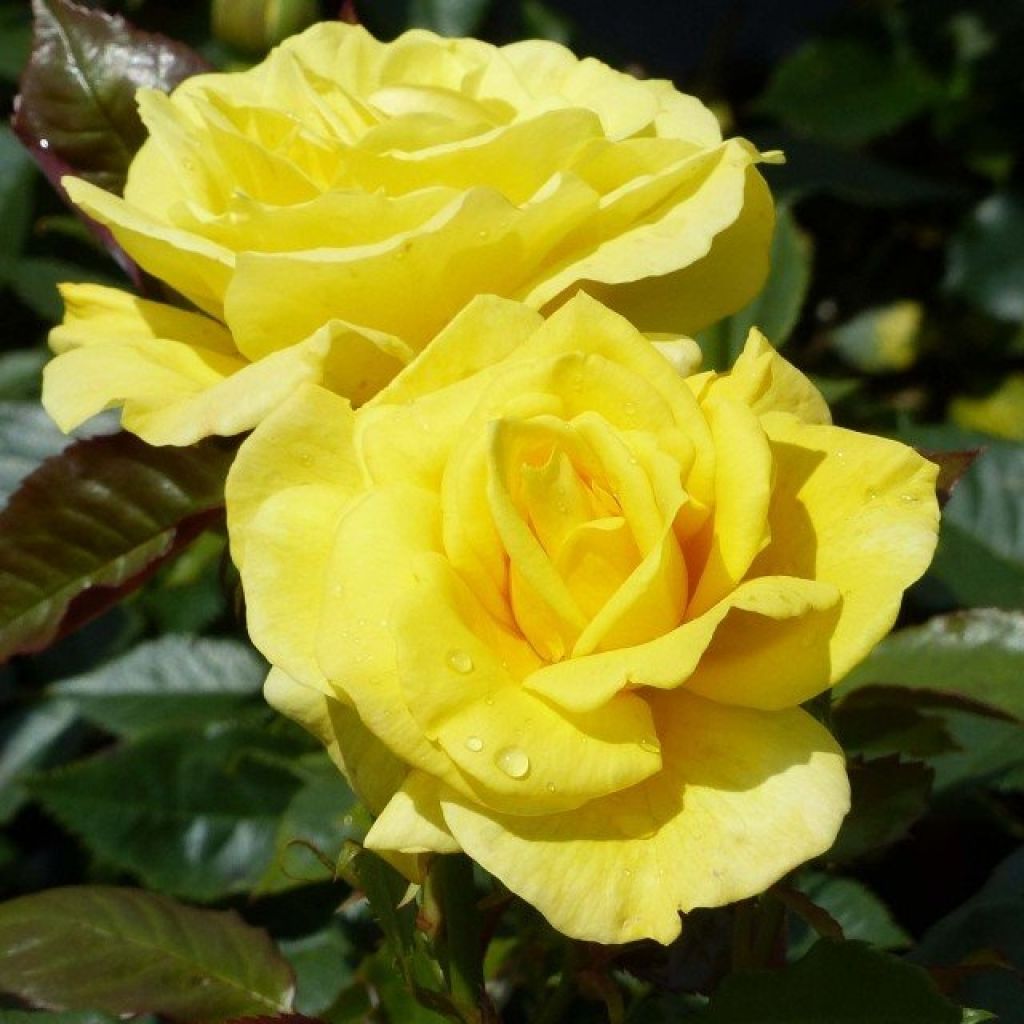

Rosa x floribunda 'Friesia' - Standard Rose - 90/100cm
Rosa x floribunda 'Friesia' - Standard Rose - 90/100cm
Rosa x floribunda Friesia® Koresia
Koresia
This item cannot be shipped to the selected country
Oversize package delivery charge from €6.90
Oversize package delivery charge from €6.90
Delivery to Corse prohibited
More information
Schedule delivery date,
and select date in basket
This plant carries a 24 months recovery warranty
More information
We guarantee the quality of our plants for a full growing cycle, and will replace at our expense any plant that fails to recover under normal climatic and planting conditions.
Oversize package: home delivery by special carrier from €6.90 per order..
Express home delivery from €8.90.
Oversize package: home delivery by special carrier from €6.90 per order..
Express home delivery from €8.90.
Delivery to Corse prohibited: UE law prohibits the import of this plant from mainland France to Corse as part of the fight against Xylella fastidiosa. Please accept our sincere apologies.
More information
Does this plant fit my garden?
Set up your Plantfit profile →
Description
The 'Friesia' Standard Rose forms a small tree with a single trunk and a rounded crown covered in flowers from May until the first frost. The plant is vigorous, resilient to bad weather and disease-resistant. Its double and full roses, gathered in bouquets, display a bright golden yellow colour when they open, fading slightly when they wither. Their fragrance, very present, reminds me of both iris and patchouli. An excellent variety, radiating a good mood, to be prominently placed in the garden or even on the terrace.
To create standard roses, a process called grafting is used. This involves taking a variety of rose, such as Friesia, and attaching it to the upright stem of a different rose species, such as Rosa canina, R. laxa or R. multiflora. The graft is typically at a height of 90 cm (35in) to 1 m (3ft) from the ground. If you live in a cold region, it may be necessary to protect the rootstock during the winter months.
The 'Friesia' Rose is a German creation by Kordes, dating back to 1973. Grafted as a standard, it has a characteristic upright habit. Its crown is composed of vigorous and highly branched thorny stems. They bear healthy deciduous foliage with large leaflets, starting red and turning dark green in summer. Its flowering is abundant from May until October-November. Its wide corollas, measuring 5 to 8 cm (2 to 3in), are double, slightly ruffled, gathered in bouquets of 5 to 7 flowers with a somewhat blurry pattern and undulated petals. The tightly closed buds open into round and fully open cups, producing bright yellow roses with a nuance of red at the centre. Their floral fragrance is well-pronounced.
The 'Friesia' standard rose is ideally planted in a prominent position, at the centre of a bed, among perennials or low-growing shrubs, along a pathway, near a terrace, or even in a large pot on a balcony. It can also be planted in groups of 3 subjects, arranged in a triangle, or as a standalone on a lawn. It pairs well with perennial geraniums (Geranium Blue Cloud, Anne Folkard, Nimbus, Orion), bellflowers (lactiflora, rapunculoides), catmints, snapdragons, foxgloves. Standard roses are perfect for adding volume to bush or ground-cover rose beds.
Report an error about the product description
Plant habit
Flowering
Foliage
Botanical data
Rosa
x floribunda
Friesia® Koresia
Rosaceae
Koresia
Cultivar or hybrid
Rosa canina Laxa (Wrapped bare root)
Other Tree Roses - Stem Roses
Planting and care
If you're planting a 'Friesia' standard rose, choose a well-drained spot with clayey soil that has been loosened up. It's best to plant between November and March. If your soil is too sandy, compact or dry during summer, bury compost or well-rotted manure at the bottom of the planting hole. Avoid waterlogged soils during winter. Place the plant in a sunny location with partial shade. Roses are hungry plants, so use a specific fertiliser at the start of vegetation and throughout flowering. Regularly remove faded flowers to encourage reblooming. At the end of winter, prune the stems to about a quarter of their length (from 4 to 6 eyes from the base of the stem). Always prune above an outward-facing bud to allow the bush to grow out and prevent the branches from tangling in the centre. Floribunda roses are more vigorous and floriferous than large-flowered roses.
Roses may develop unsightly spots at the end of summer, but this is a natural occurrence and doesn't harm the rose's growth.
Planting period
Intended location
Care
-
, onOrder confirmed
Reply from on Promesse de fleurs
Roses by purpose
Haven't found what you were looking for?
Hardiness is the lowest winter temperature a plant can endure without suffering serious damage or even dying. However, hardiness is affected by location (a sheltered area, such as a patio), protection (winter cover) and soil type (hardiness is improved by well-drained soil).

Photo Sharing Terms & Conditions
In order to encourage gardeners to interact and share their experiences, Promesse de fleurs offers various media enabling content to be uploaded onto its Site - in particular via the ‘Photo sharing’ module.
The User agrees to refrain from:
- Posting any content that is illegal, prejudicial, insulting, racist, inciteful to hatred, revisionist, contrary to public decency, that infringes on privacy or on the privacy rights of third parties, in particular the publicity rights of persons and goods, intellectual property rights, or the right to privacy.
- Submitting content on behalf of a third party;
- Impersonate the identity of a third party and/or publish any personal information about a third party;
In general, the User undertakes to refrain from any unethical behaviour.
All Content (in particular text, comments, files, images, photos, videos, creative works, etc.), which may be subject to property or intellectual property rights, image or other private rights, shall remain the property of the User, subject to the limited rights granted by the terms of the licence granted by Promesse de fleurs as stated below. Users are at liberty to publish or not to publish such Content on the Site, notably via the ‘Photo Sharing’ facility, and accept that this Content shall be made public and freely accessible, notably on the Internet.
Users further acknowledge, undertake to have ,and guarantee that they hold all necessary rights and permissions to publish such material on the Site, in particular with regard to the legislation in force pertaining to any privacy, property, intellectual property, image, or contractual rights, or rights of any other nature. By publishing such Content on the Site, Users acknowledge accepting full liability as publishers of the Content within the meaning of the law, and grant Promesse de fleurs, free of charge, an inclusive, worldwide licence for the said Content for the entire duration of its publication, including all reproduction, representation, up/downloading, displaying, performing, transmission, and storage rights.
Users also grant permission for their name to be linked to the Content and accept that this link may not always be made available.
By engaging in posting material, Users consent to their Content becoming automatically accessible on the Internet, in particular on other sites and/or blogs and/or web pages of the Promesse de fleurs site, including in particular social pages and the Promesse de fleurs catalogue.
Users may secure the removal of entrusted content free of charge by issuing a simple request via our contact form.
The flowering period indicated on our website applies to countries and regions located in USDA zone 8 (France, the United Kingdom, Ireland, the Netherlands, etc.)
It will vary according to where you live:
- In zones 9 to 10 (Italy, Spain, Greece, etc.), flowering will occur about 2 to 4 weeks earlier.
- In zones 6 to 7 (Germany, Poland, Slovenia, and lower mountainous regions), flowering will be delayed by 2 to 3 weeks.
- In zone 5 (Central Europe, Scandinavia), blooming will be delayed by 3 to 5 weeks.
In temperate climates, pruning of spring-flowering shrubs (forsythia, spireas, etc.) should be done just after flowering.
Pruning of summer-flowering shrubs (Indian Lilac, Perovskia, etc.) can be done in winter or spring.
In cold regions as well as with frost-sensitive plants, avoid pruning too early when severe frosts may still occur.
The planting period indicated on our website applies to countries and regions located in USDA zone 8 (France, United Kingdom, Ireland, Netherlands).
It will vary according to where you live:
- In Mediterranean zones (Marseille, Madrid, Milan, etc.), autumn and winter are the best planting periods.
- In continental zones (Strasbourg, Munich, Vienna, etc.), delay planting by 2 to 3 weeks in spring and bring it forward by 2 to 4 weeks in autumn.
- In mountainous regions (the Alps, Pyrenees, Carpathians, etc.), it is best to plant in late spring (May-June) or late summer (August-September).
The harvesting period indicated on our website applies to countries and regions in USDA zone 8 (France, England, Ireland, the Netherlands).
In colder areas (Scandinavia, Poland, Austria...) fruit and vegetable harvests are likely to be delayed by 3-4 weeks.
In warmer areas (Italy, Spain, Greece, etc.), harvesting will probably take place earlier, depending on weather conditions.
The sowing periods indicated on our website apply to countries and regions within USDA Zone 8 (France, UK, Ireland, Netherlands).
In colder areas (Scandinavia, Poland, Austria...), delay any outdoor sowing by 3-4 weeks, or sow under glass.
In warmer climes (Italy, Spain, Greece, etc.), bring outdoor sowing forward by a few weeks.

































